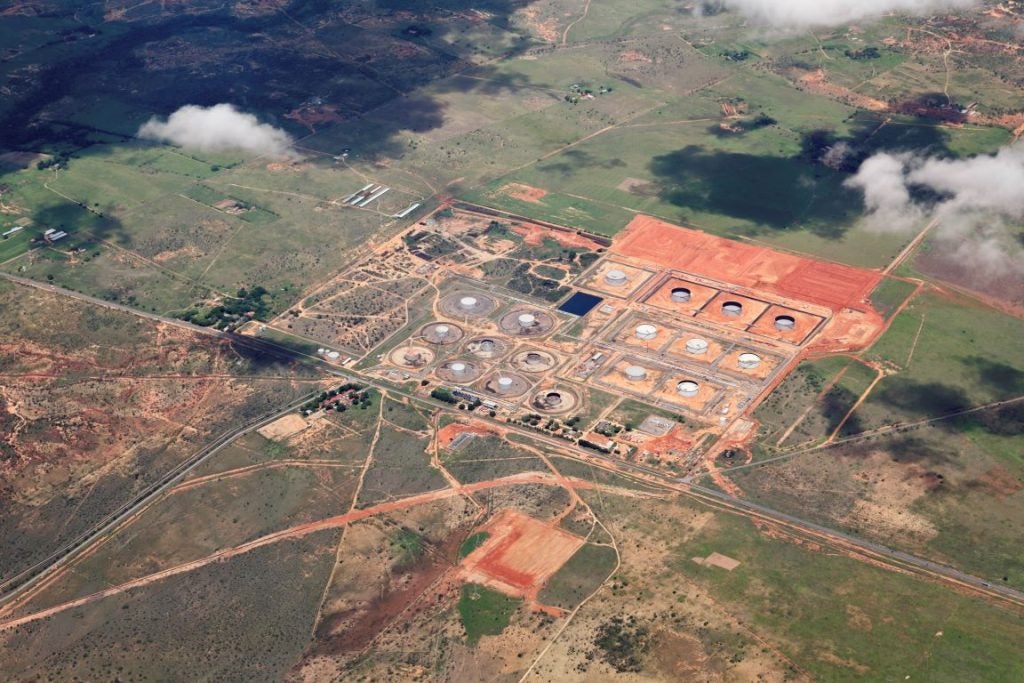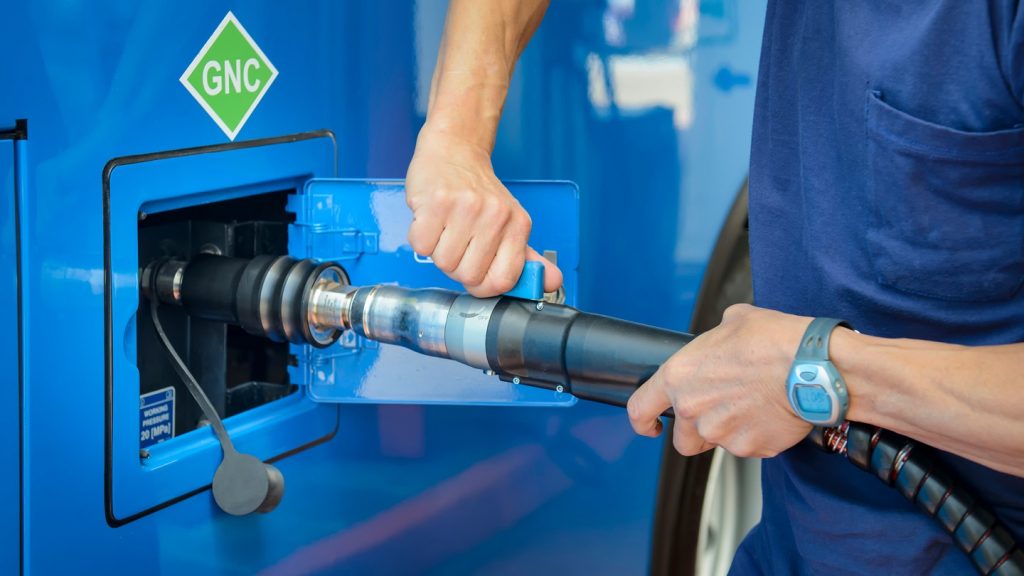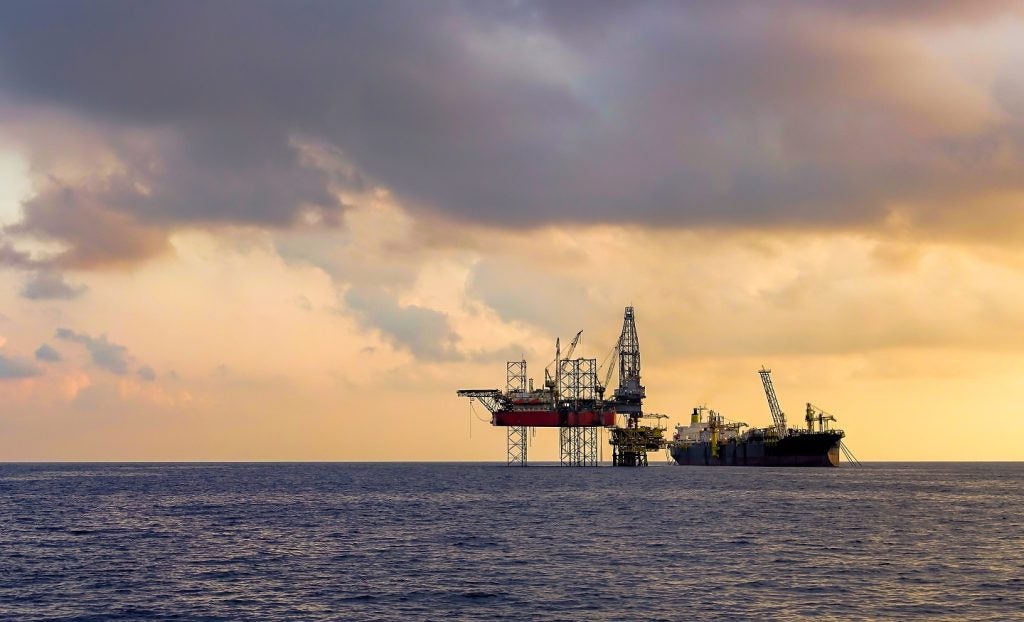Zama is a conventional oil development located in shallow water in Mexico and is operated by Talos Energy Offshore Mexico 7 S De RL De CV. According to GlobalData, who tracks more than 34,000 active and developing oil and gas fields worldwide, Zama was discovered in 2017, lies in block R01-L01-A7 and AE-0152-Uchukil, with water depth of around 550 feet. Buy the profile here.
The project is currently in approval stage and is expected to start commercial production in 2025. Final investment decision (FID) of the project will be approved in 2024. The development cost is expected to be $4,500 m. The Zama conventional oil development will involve the drilling of approximately 46 wells and includes fixed platform.
Field participation details
The field is owned by BASF, Grupo Carso, Harbour Energy, LetterOne Holdings, Petroleos Mexicanos and Talos Energy.
Production from Zama
Production from the Zama conventional oil development project is expected to begin in 2025 and is forecast to peak in 2027, Based on economic assumptions, the production will continue until the field reaches its economic limit in 2053.
See Also:
Contractors involved in the Zama conventional oil field
Some of the key contractors involved in the Zama project as follows.
Design/FEED Engineering: McDermott International and SNC-Lavalin Group
Other Contractors: Schlumberger, Baker Hughes, Core Laboratories, ION Geophysical, Netherland and Sewell & Associates
About Talos Energy Offshore Mexico 7 S De RL De CV
Talos Energy Offshore Mexico 7 S De RL De CV (Talos Energy Offshore) is involved in the hydrocarbon exploration and extraction. It is headquartered in Mexico City, Mexico.
For more details on the Zama Conventional Oil Field, buy the profile here.
Premium Insights
From

The gold standard of business intelligence.
Blending expert knowledge with cutting-edge technology, GlobalData’s unrivalled proprietary data will enable you to decode what’s happening in your market. You can make better informed decisions and gain a future-proof advantage over your competitors.






